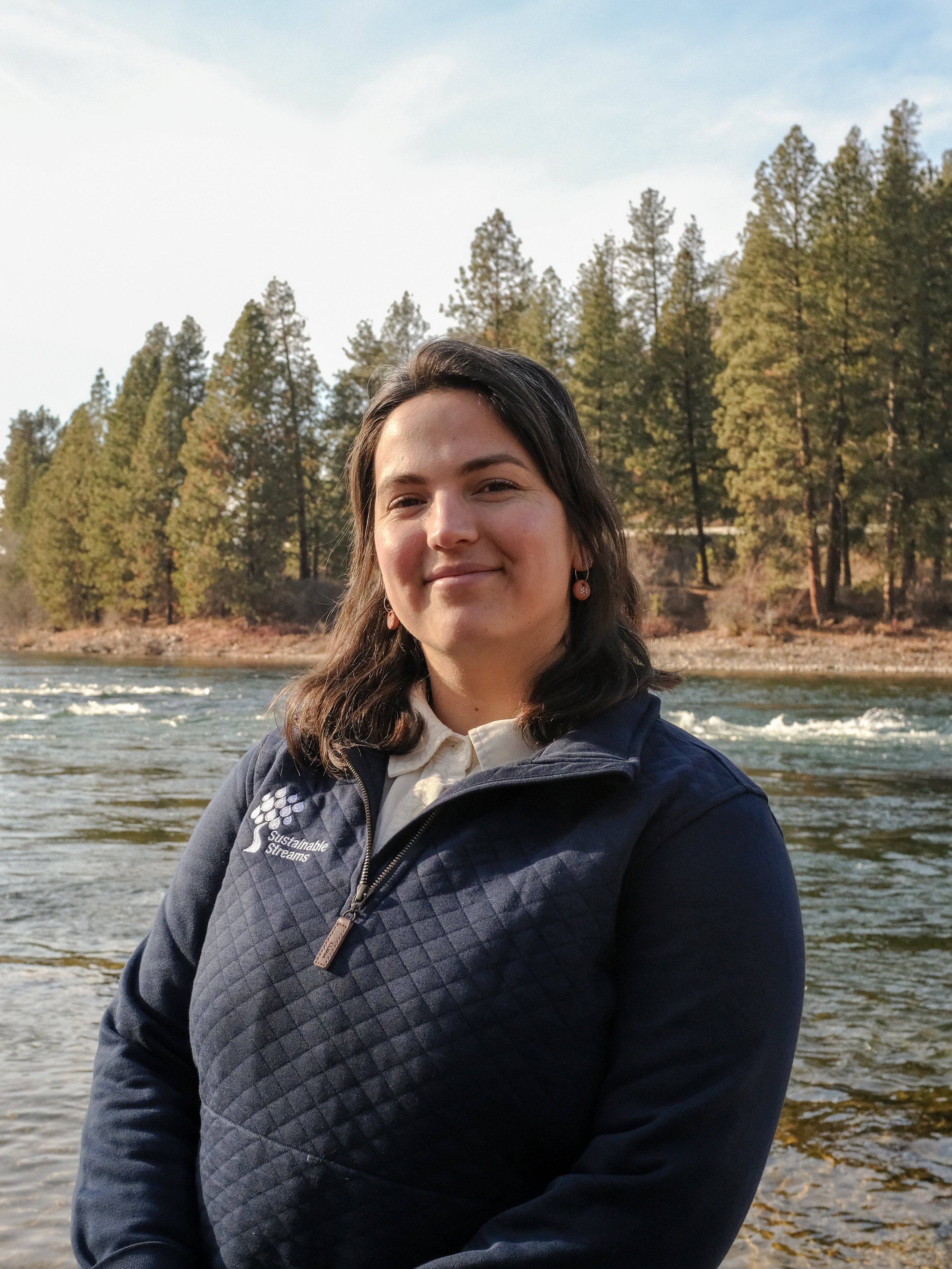Bankfull Wetlands: Reconnecting Floodplains to Assimilate Nutrients, Reduce Erosion, Expand Habitat, and Facilitate a More Natural Flow/Disturbance Regime
Shelby Acosta
Abi Raetz
Sustainable Streams, LLC
Louisville, KY
Author(s): Acosta, S.N., Raetz, A.E., Hawley, R.J., Korth, N.L., MacMannis, K.R.,
Prior to European settlement, bankfull wetlands were abundant in North American river valleys. Four centuries of beaver extirpation, watershed deforestation, floodplain drainage, and stream channelization, and the associated accumulation of up to ~1 to 3 meters of post-settlement alluvium have left floodplains much drier and largely disconnected from their adjacent rivers and streams, restricting the ecosystem and societal services floodplains can provide.
This underscores both the need for bankfull wetland restoration and the relative simplicity of the approach: removing post-settlement alluvium from the floodplain, re-establishing the native seedbank, and restoring a more natural connection of the floodplain to the river or stream.
This presentation will convey insights from design, modeling, and construction of numerous floodplain wetland restoration projects that have been completed in partnership with federal partners, such as US Fish and Wildlife Service, as well as state and local partners, such as Ohio EPA and the Clermont Soil and Water Conservation District, among others. The presentation will answer questions such as why should watershed scale planning include bankfull wetlands, what are some of the key design factors to optimize in these projects to achieve various goals (e.g., maximizing nutrient reductions vs. offloading excessively erosive streamflow), etc.? The presentation will then discuss several case studies of completed projects and the positive effects they have had on surrounding areas. Regardless of how they are optimized to meet a primary design objective, removing post-settlement alluvium from river floodplains provides an array of societal and ecosystem benefits, including expanded flood storage, restored off-channel habitat for rare fish and birds, improved water quality, reduced erosion/biotic disturbance for mussels/macroinvertebrates, and the economic benefits of an abundant source of high-quality topsoil for farmers, landscapers, developers, and others.
About Shelby Acosta
Shelby Acosta has always been interested in the forces that shape our earth. Her interest in surface processes led her to study Geography at the University of Texas at Austin, from which she received a B.A. with High Honors (2016) and recently earned a Master in Applied Geography focusing on Natural and Environmental Resources (2023) from Texas State University . Her studies allowed her to explore her interests and develop skills in GIS and data analysis while gaining field experience in Botswana and Puerto Rico. She developed an interest in responsible watershed management during an internship with the Shoal Creek Conservancy in Austin, Texas. Her passion for promoting watershed health led her to work for the City of Austin Watershed Protection Department, and, ultimately to join the team at Sustainable Streams, where she serves as a Design Scientist.
About Abi Raetz
Abi Raetz garnered her passion for natural waterways by growing up hiking and swimming on the shores of the Great Lakes. Pursuing her interest in the outdoors led her to attend Michigan Technological University, where she received her B.S. in Environmental Engineering (2019) and M.S. in Geological Engineering (2022). Her interest in human-water interactions took her to the Peace Corps in 2019 to work as a Water Resource Volunteer in Vanuatu. There, she helped a local community increase their access to safe, clean drinking water. Her interest in promoting healthy and sustainable ecosystems inspires her holistic approach to stream and wetland restoration design at Sustainable Streams.


